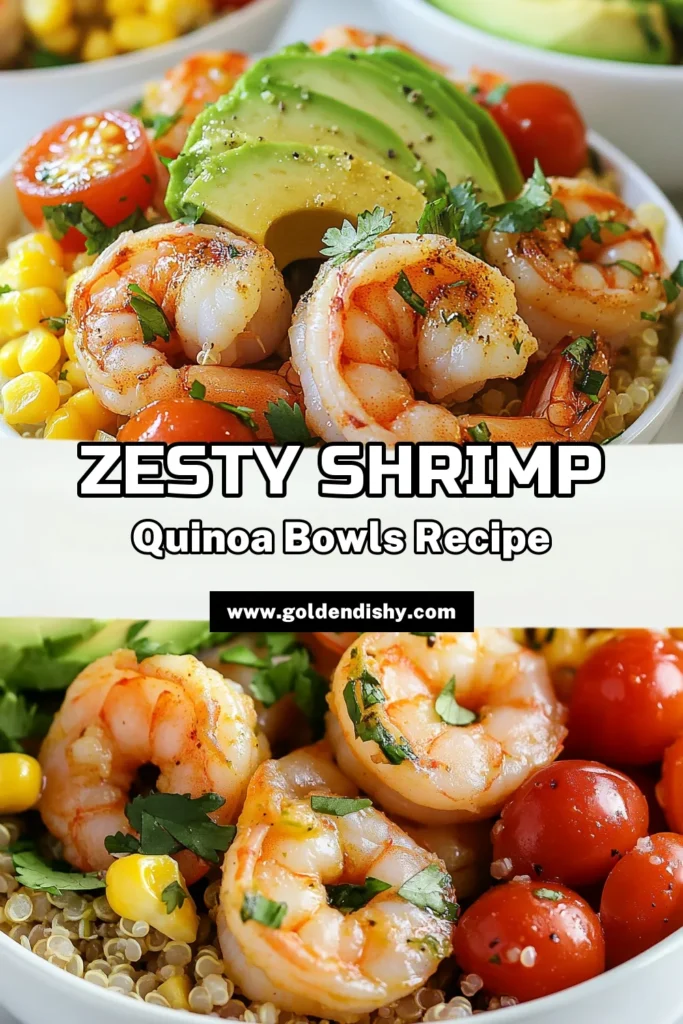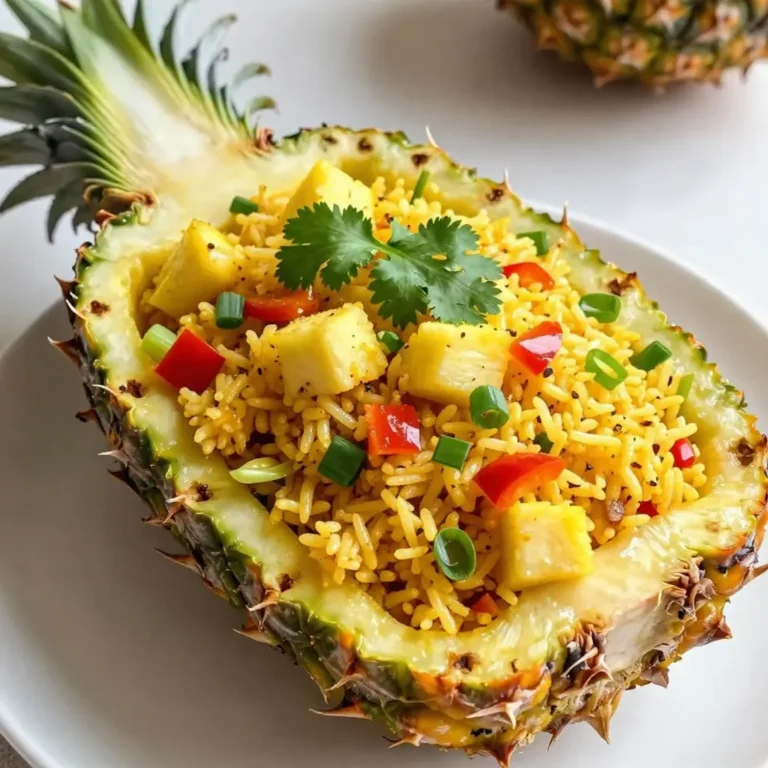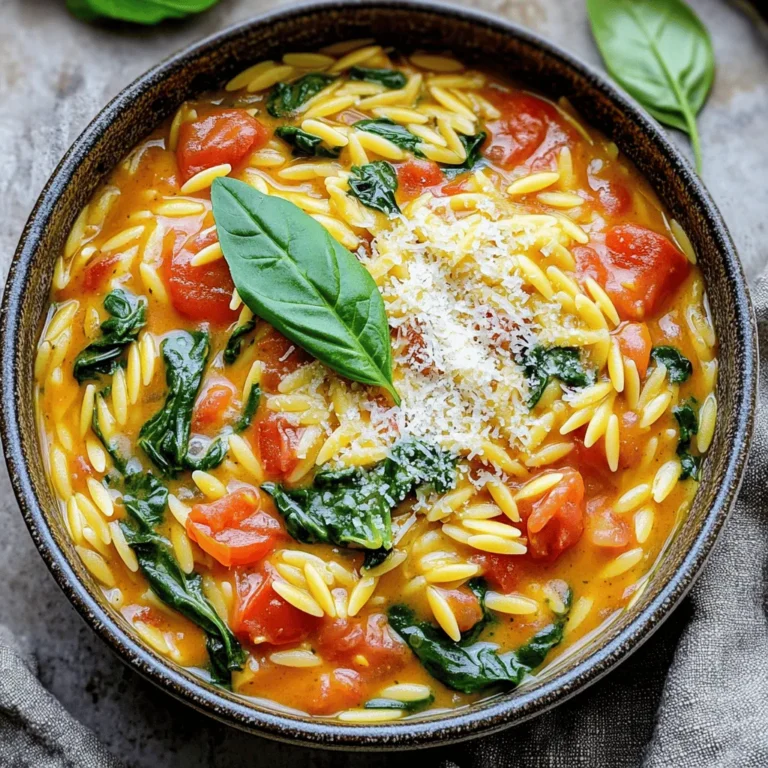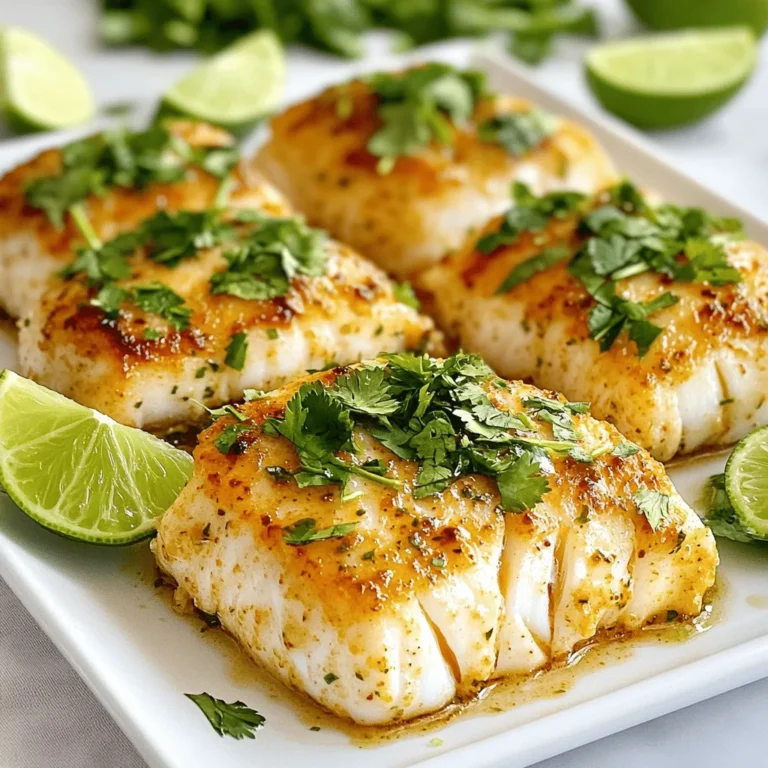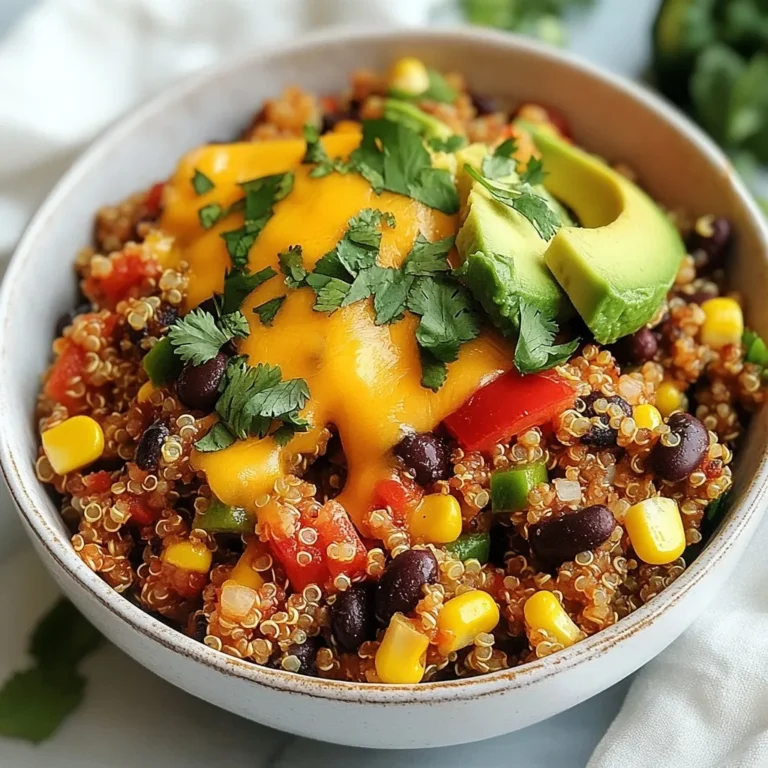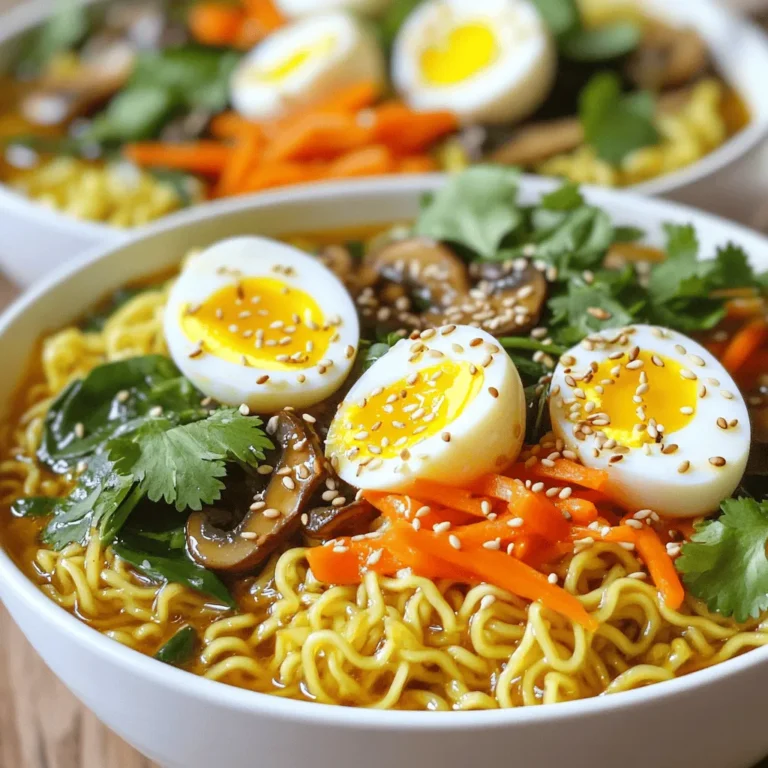Cilantro Lime Shrimp Bowls Fresh and Flavorful Meal
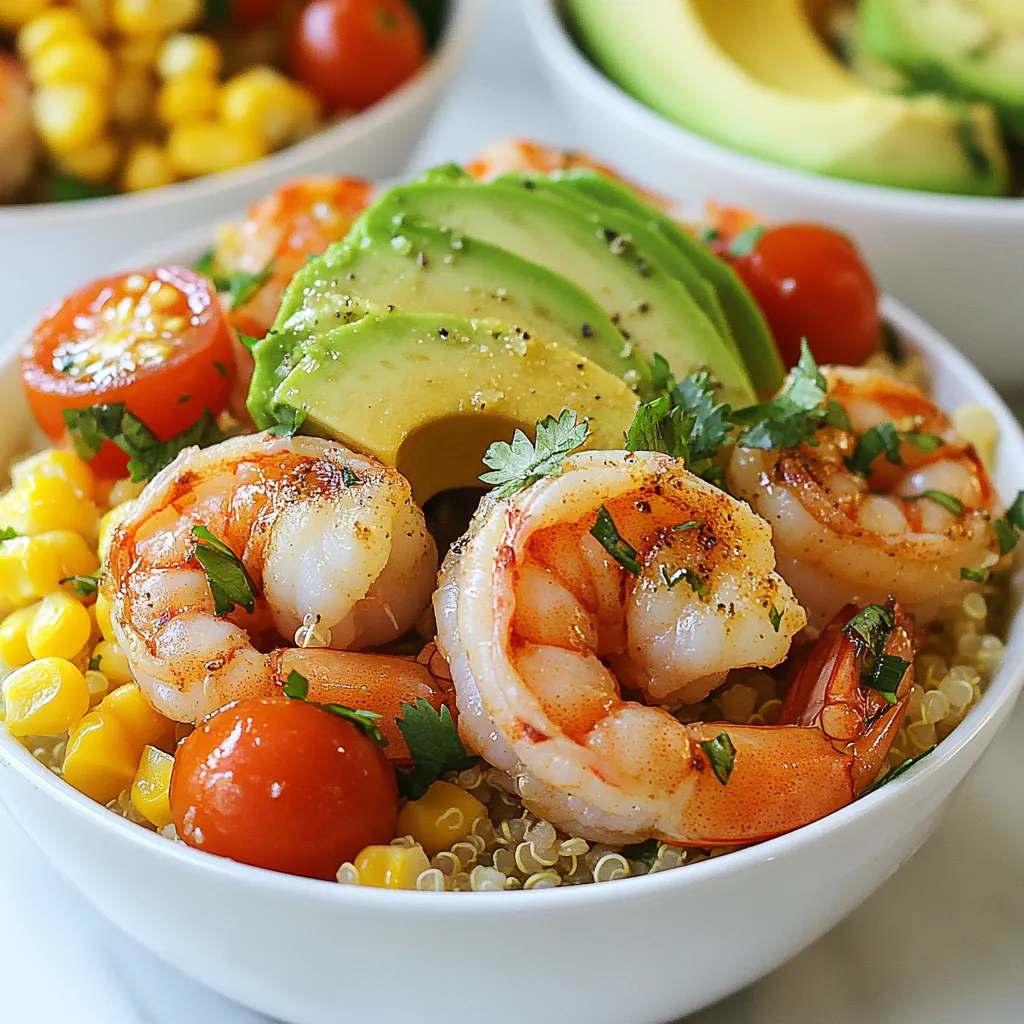
Looking for a fresh and tasty meal? Cilantro Lime Shrimp Bowls are your answer! These bowls burst with flavor, using simple ingredients you love. In this post, I’ll share easy steps to make them, as well as helpful tips and swaps for your favorite flavors. Whether you’re a busy parent or just want something quick, this dish is perfect for you. Let’s dive in and get cooking!
Why I Love This Recipe
- Fresh and Flavorful: This dish combines the bright flavors of lime and cilantro, making every bite feel refreshing and vibrant.
- Quick and Easy: With a total prep time of just 40 minutes, this recipe is perfect for busy weeknights or last-minute gatherings.
- Healthy and Nutritious: Packed with protein from shrimp and fiber from quinoa, this bowl is a wholesome meal option that doesn’t compromise on taste.
- Customizable Toppings: With a variety of optional toppings, you can easily adjust the dish to suit your taste preferences or dietary needs.
Ingredients
Complete list of ingredients for Cilantro Lime Shrimp Bowls
To create these Cilantro Lime Shrimp Bowls, gather the following ingredients:
– 1 lb large shrimp, peeled and deveined
– 2 tablespoons olive oil
– 3 cloves garlic, minced
– Juice and zest of 2 limes
– 1 teaspoon ground cumin
– 1 teaspoon chili powder
– Salt and pepper to taste
– 1 cup quinoa, rinsed
– 2 cups vegetable broth or water
– 1 cup corn (canned or frozen, thawed)
– 1 cup cherry tomatoes, halved
– 1 avocado, sliced
– 1/2 cup fresh cilantro, chopped
– Optional toppings: sliced jalapeños, lime wedges, radish for garnish
Ingredient substitutions
You can easily swap some ingredients based on what you have. If you don’t have quinoa, use brown rice or couscous. For shrimp, you can use scallops or cooked chicken. If you prefer a milder taste, skip the chili powder or use a sweet paprika instead. Fresh cilantro can be replaced with parsley for a different flavor profile.
Tips for selecting fresh ingredients
Choosing fresh ingredients makes a big difference. For shrimp, look for a firm texture and a mild ocean smell. Avoid shrimp that smell overly fishy. When picking limes, choose ones that feel heavy for their size. They should be firm but not hard. For the avocado, select ones that yield slightly to gentle pressure. This indicates ripeness. Fresh garlic should be firm and dry, not sprouted.
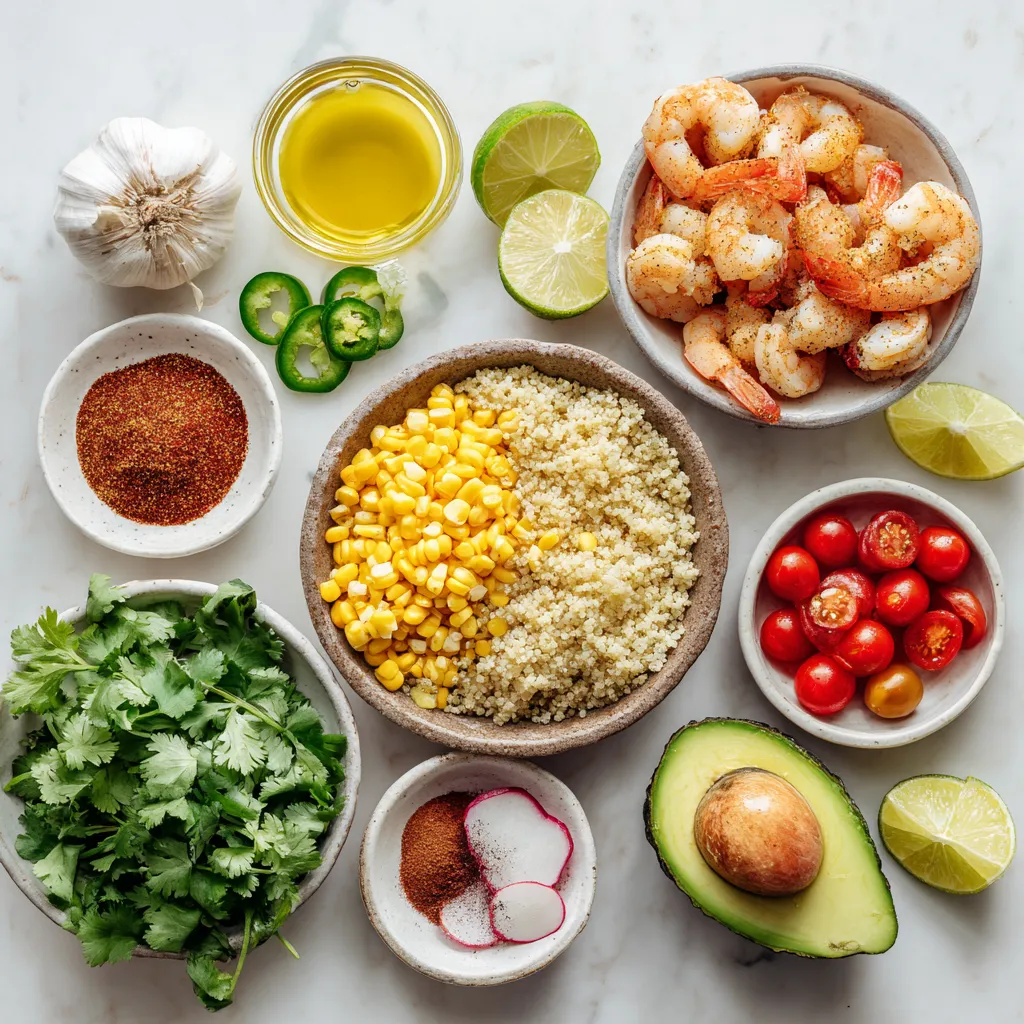
Step-by-Step Instructions
Marinating the shrimp
First, gather your large shrimp. You need one pound that is peeled and deveined. In a large bowl, mix two tablespoons of olive oil with three cloves of minced garlic. Add in the juice and zest of two limes, one teaspoon of ground cumin, and one teaspoon of chili powder. Season with salt and pepper to your taste. Toss the shrimp in this mixture, coating them evenly. Let them sit for 10 to 15 minutes. This helps the shrimp soak up all the tasty flavors.
Cooking the quinoa
While the shrimp is marinating, it’s time to cook the quinoa. In a medium saucepan, bring two cups of vegetable broth or water to a boil. Once it’s boiling, add one cup of rinsed quinoa. Cover the saucepan and lower the heat to let it simmer. Cook it for about 15 minutes or until all the liquid is absorbed. When done, fluff the quinoa with a fork. This will give it a nice texture.
Cooking the shrimp in a skillet
Now, let’s cook the shrimp. Heat a large skillet over medium-high heat. When it’s hot, add the marinated shrimp in a single layer. Cook for 2 to 3 minutes on each side. The shrimp should turn pink and opaque when done. Be careful not to overcook them, or they will get tough. Once cooked, take them off the heat.
Assembling the bowls with toppings
Time to build your bowls! Start with a layer of cooked quinoa at the bottom of each bowl. Place the cooked shrimp on top. Next, add one cup of corn, one cup of halved cherry tomatoes, and sliced avocado. Finish with a sprinkle of chopped cilantro for that fresh touch. For extra brightness, drizzle some lime juice on top. Adjust the seasoning with more salt and pepper if you like. You can also add sliced jalapeños, lime wedges, and thinly sliced radish as optional toppings for some extra flair. Enjoy your flavorful meal!
Tips & Tricks
How to ensure perfectly cooked shrimp
To cook shrimp perfectly, start with fresh shrimp. Look for shrimp that smell like the ocean, not fishy. When cooking, heat the skillet to medium-high. Add the marinated shrimp in a single layer. Cook each side for 2-3 minutes. The shrimp will turn pink and opaque when done. Remove them from heat right away. Overcooking can make shrimp tough, so watch them closely.
Flavor-enhancing tips for the marinade
The marinade is key to great flavor. Use fresh lime juice and zest for the best taste. The garlic adds a nice kick, so don’t skip it. Ground cumin and chili powder give depth. For a little heat, add a pinch of cayenne pepper. Let the shrimp marinate for 10-15 minutes. This allows the flavors to soak in well, making every bite delicious.
Serving suggestions for extra flavor
To make your bowls pop, add fresh toppings. Sliced jalapeños add spice and crunch. Lime wedges boost the tangy taste of the dish. Thinly sliced radish gives a nice crunch too. Don’t forget the chopped cilantro for freshness. These extras make the meal not just tasty but colorful too. Enjoy the mix of flavors in every bite!
Pro Tips
- Marinate for Maximum Flavor: Allow the shrimp to marinate for at least 15 minutes; this enhances the flavor by allowing the spices and lime to penetrate the shrimp.
- Perfectly Cooked Shrimp: Keep an eye on the shrimp while cooking; they only need 2-3 minutes per side. Overcooking can make them rubbery.
- Quinoa Cooking Tips: Rinse the quinoa before cooking to remove its natural coating, which can make it taste bitter. This step is crucial for a delicious side.
- Presentation Matters: For a stunning presentation, layer your ingredients neatly and sprinkle with fresh cilantro and lime wedges to give a vibrant color contrast.
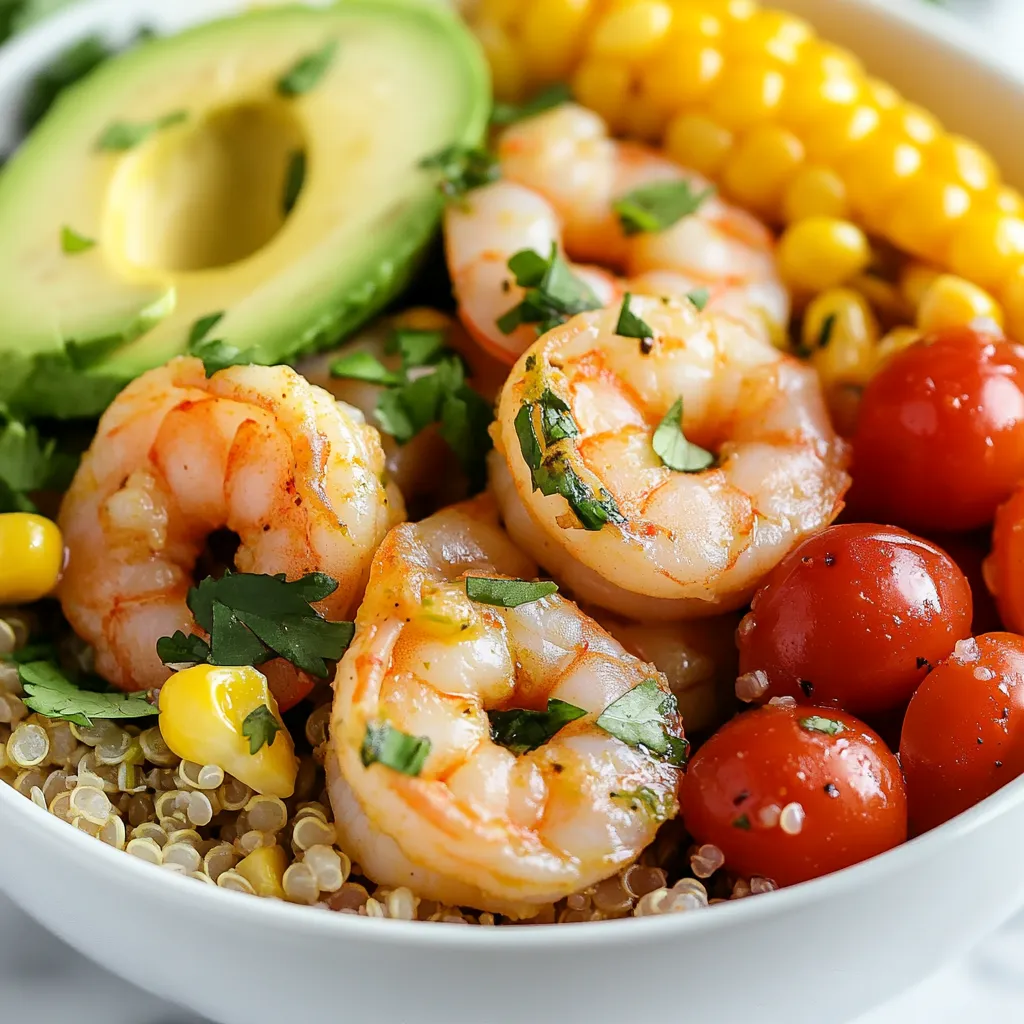
Variations
Vegetarian/vegan alternatives
For a vegetarian or vegan option, swap shrimp for tofu or chickpeas. Tofu has a great texture. Use firm tofu for the best results. Press it to remove excess water, then cut it into cubes. Marinate it just like the shrimp. Chickpeas are a fantastic choice too. They soak up flavors well. Toss them in the marinade and cook them until warm.
Ingredient swaps for different flavor profiles
You can change flavors easily in this dish. Instead of quinoa, try brown rice or farro as your base. Each grain brings its own taste and texture. For a spicy kick, add smoked paprika or cayenne pepper to the marinade. You can also switch lime juice for lemon juice. This gives a different zest that still works well.
Additional toppings to customize your bowls
Toppings play a big role in flavor and fun. Try adding sliced jalapeños for heat. A sprinkle of feta cheese gives a creamy texture. You can also include black beans for extra protein and fiber. For crunch, thinly sliced radish or cucumbers work great. Don’t forget lime wedges on the side. They enhance every bite with fresh juice!
Storage Info
Storing leftovers
You can store leftover Cilantro Lime Shrimp Bowls in an airtight container. Keep them in the fridge for up to three days. Make sure to separate the shrimp from the quinoa and veggies. This helps keep everything fresh and tasty. If you mix them, the quinoa can absorb too much moisture.
Reheating tips for best flavor and texture
When you want to reheat, do it gently. Use a skillet over low heat to warm the shrimp. This keeps them tender. You can add a splash of lime juice to freshen up the flavor. If you prefer the microwave, heat in short bursts. Stir in between to avoid overcooking.
Freezing options and guidelines
You can freeze the shrimp bowls, but it’s best to freeze shrimp and quinoa separately. Place them in freezer-safe bags. Remove as much air as possible to prevent freezer burn. They can stay in the freezer for up to three months. To defrost, move them to the fridge overnight before reheating.
FAQs
How do I know when shrimp is fully cooked?
Shrimp is done when it turns pink and opaque. It should curl into a C shape. If it forms an O shape, it is overcooked. The cooking time is about 2-3 minutes on each side. Use a timer to avoid overcooking. Perfectly cooked shrimp feels firm to the touch.
Can I use frozen shrimp for this recipe?
Yes, you can use frozen shrimp! Just thaw them first. You can do this by placing them in cold water for about 15 minutes. Drain well before marinating. This helps the shrimp absorb the tasty flavors. Frozen shrimp is often just as good as fresh.
What can I serve with Cilantro Lime Shrimp Bowls?
You can serve Cilantro Lime Shrimp Bowls with many sides. Here are some great options:
– Black beans for added protein
– A fresh green salad for crunch
– Tortilla chips for a fun crunch
– Grilled vegetables for extra flavor
– A dollop of sour cream for creaminess
These sides enhance your meal and add more nutrition.
Cilantro Lime Shrimp Bowls offer simple steps and fresh ingredients for a great meal. You learned about ingredient choices, cooking techniques, and creative variations. Remember to select fresh items for the best taste. Enjoy experimenting with toppings and finding new flavor combinations. This dish is easy to store and reheat, making it perfect for busy days. Embrace these tips and enjoy a delicious and satisfying meal any time. Happy cookin
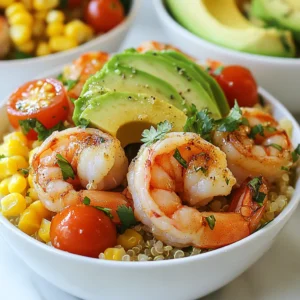
Cilantro Lime Shrimp Bowls
Ingredients
- 1 lb large shrimp, peeled and deveined
- 2 tablespoons olive oil
- 3 cloves garlic, minced
- 2 limes juice and zest
- 1 teaspoon ground cumin
- 1 teaspoon chili powder
- to taste salt and pepper
- 1 cup quinoa, rinsed
- 2 cups vegetable broth or water
- 1 cup corn (canned or frozen, thawed)
- 1 cup cherry tomatoes, halved
- 1 avocado sliced
- 1/2 cup fresh cilantro, chopped
- to taste optional toppings: sliced jalapeños, lime wedges, radish for garnish
Instructions
- In a large mixing bowl, combine the peeled and deveined shrimp with olive oil, minced garlic, lime juice, lime zest, ground cumin, chili powder, salt, and pepper. Gently toss the mixture until all the shrimp are evenly coated in the marinade. Allow to marinate for 10-15 minutes to let the flavors infuse.
- While the shrimp is marinating, prepare the quinoa. In a medium saucepan, bring 2 cups of vegetable broth or water to a rapid boil. Once boiling, add the rinsed quinoa, cover the saucepan with a lid, and reduce the heat to low. Let it simmer for about 15 minutes, or until all the liquid has been absorbed and the quinoa is fluffy. Remove from heat and fluff with a fork.
- In a large skillet, heat over medium-high heat. Once hot, add the marinated shrimp to the skillet in a single layer. Cook the shrimp for 2-3 minutes on each side, or until they are pink, opaque, and cooked through. Be careful not to overcook, as shrimp can become tough. Once cooked, remove from heat.
- To assemble the bowls, start by layering the cooked quinoa at the bottom of each serving bowl. Arrange the cooked shrimp on top of the quinoa. Then add the corn, halved cherry tomatoes, and sliced avocado. Finish off with a generous sprinkle of chopped cilantro for freshness.
- Drizzle a bit of extra lime juice over the top for added brightness. Taste and adjust seasoning with additional salt and pepper if desired.
- For an additional touch, garnish the bowls with optional toppings such as sliced jalapeños for spice, lime wedges for extra zest, and thinly sliced radish for a crunchy contrast.

